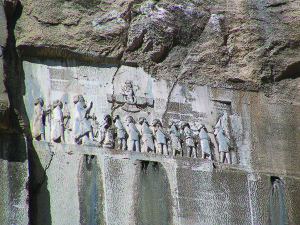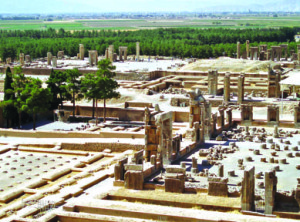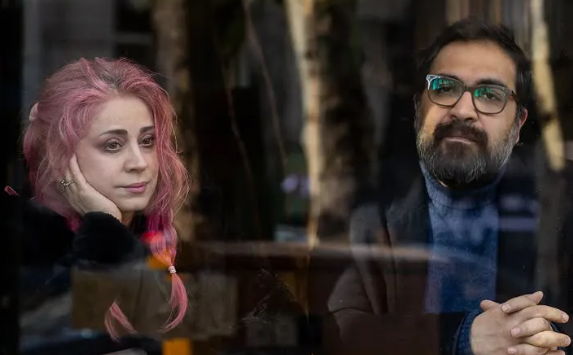February 07-2014

The Oil Ministry has agreed to help the under-funded Cultural Heritage Office rescue Persepolis and the Bisetun inscription.
Mehdi Hojjat, the deputy head of the Iranian Cultural Heritage and Tourism Office (ICHTO), said the Oil Ministry has signed an agreement to support a series of action plans to protect the endangered sites. In addition, the two agencies are to invest in the establishment of an Oil Museum.
Hojjat said that in other countries many government bodies invest in cultural activities, so the announced support from the Oil Ministry really is nothing new. He did not point out that agencies normally support cultural activities in their own realm not in the jurisdiction of another agency.

Persepolis and Bisetun are among Iran’s most famous historic sites. They are both included on UNESCO’s World Heritage list. However, both are also facing serious erosion due to natural causes—and sometimes human causes as well.
Persepolis has faced serious problems with rapid rock erosion. During the rainy season, parts of the structure, especially the treasury, face such severe pooling of water that at times the area has had to be pumped out.
Archaeologists say that during the Achaemenid period Persepolis had an advanced drainage system for disposing of surface water. That system has, however, long been clogged with debris. Many think that cleaning out this storm sewer system could solve the problem. However, this will require further research followed by a major restoration effort.
The Bisetun stone inscription high on a mountain face is also facing severe erosion due to natural factors. Water has cause the gradual fading of the Cuneiform inscriptions and accompanying etched images.
The Bisetun stone inscription dates back to 520 BCE. It depicts the victories of Darius I of the Achaemenids.
There is an immediate need to divert water to keep it from pouring over the inscription, and stones once overhead must be restored so that water no longer flows onto the face of the inscription.
The University of Dresden in Germany has begun scanning the inscriptions to document the images and the writings. The laser mapping of the area will also identify cracks and spots where water is penetrating into the rocks.
Another historic site faces the same threat as Persepolis and Bisetun: the tomb of Cyrus the Great, the first Achaemenid king and founder of the Persian Empire, located in the city of Pasargad. Experts have warned about ice and vegetation growth eroding the structures at the Pasargad site. In addition, holes in the stairs leading to the tomb turn into puddles in the rainy season and later freeze, creating cracks in the structure and eroding the stones.
Despite the immediate need for restoration and protection, the Cultural Heritage Office says it has too meager a budget to begin any long-term project to save the endangered sites.
Hojjat has complained publicly about the lack of adequate budgeting for his organization. He said any action plan requires the participation of other government bodies. Hojjat has complained that thousands of historical sites were added to the Cultural Heritage mandate but simply abandoned for lack of resources. This has been a complaint of critics of the regime for decades.
Hojjat says many restoration projects are also failing to pay workers their wages due to insufficient budgets.
In addition, he says, the Cultural Heritage Office is facing a serious shortage of expertise in its workforce. The new head of the Cultural Heritage Office, Mohammad-Ali Najafi, told a gathering of the organization’s research branch that over 60 percent of the organization’s employees have no more than a high school diploma.
He also complained that the organization’s research results are not readily accessible. The organization has often been criticized in the past for failing to publish the results of its research or share reports with other researchers and aficionados.
























